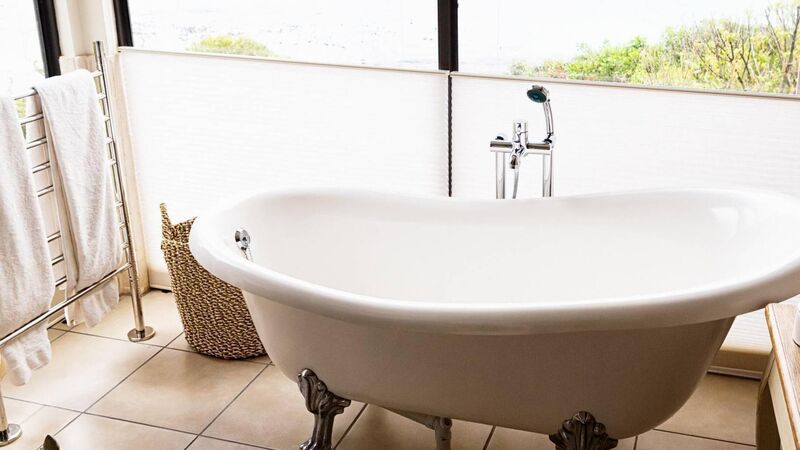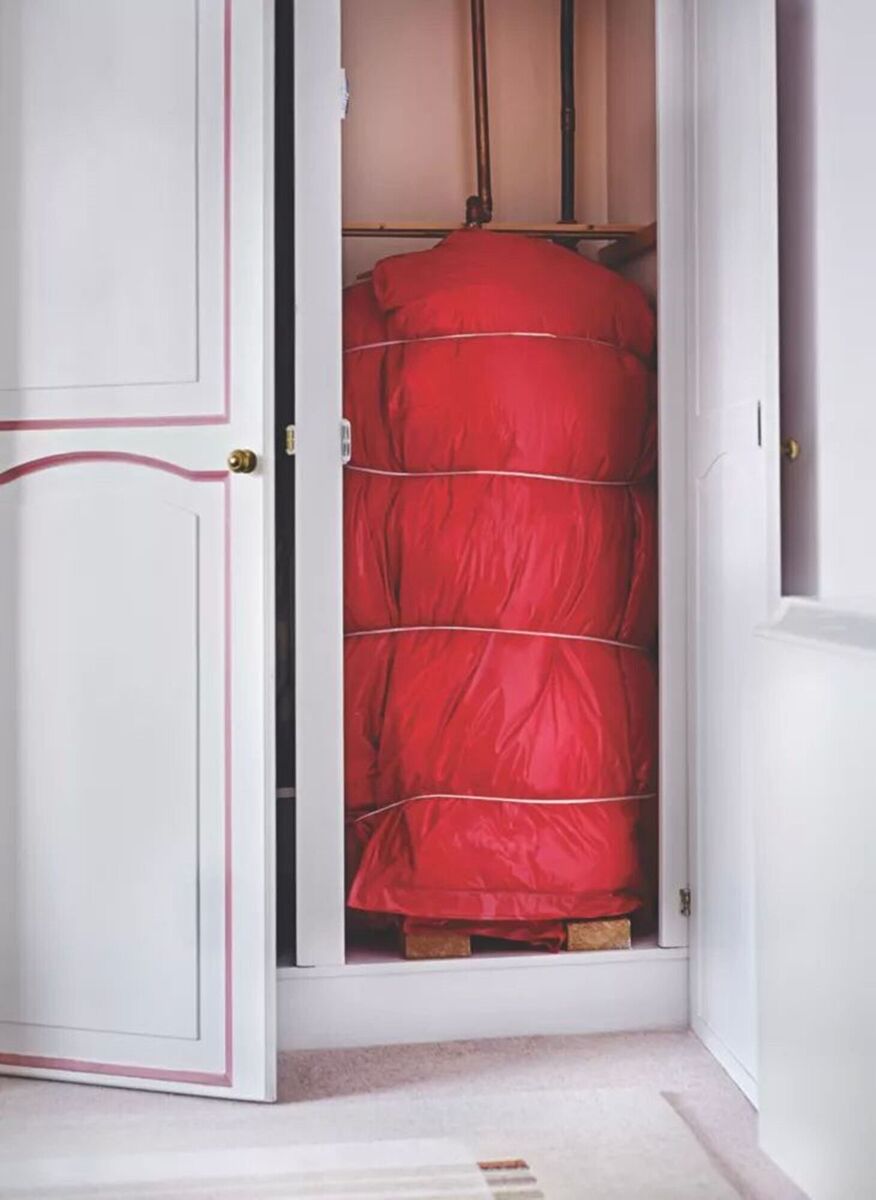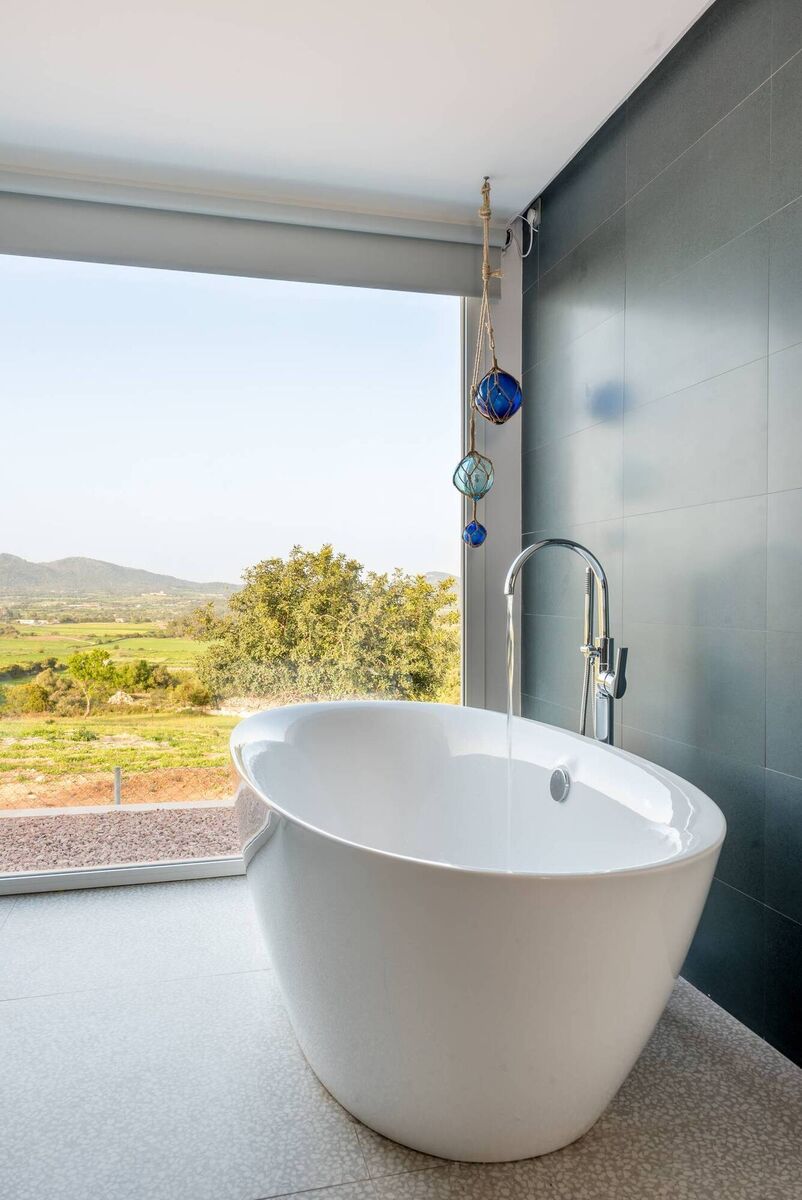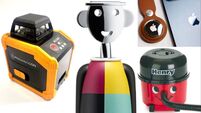How to make sure you always have hot water on tap

Water heated in a traditional immersion linked to a wet central heating system run on kerosene, for instance, is old technology, but it remains very clever. File pictures
Now that autumn's on the horizon, we need to talk about the immersion tank. With the latest advances in central heating and domestic hot water technology, the grand old, unsupported Irish immersion tank is something of an antique. Electricity is an infamously expensive way to heat water. Still, an estimated 700,000 of us are not able to claw our way over to the natural gas network, are still using oil, and are consequently still stuck with that great steel or copper kettle in the hot press. There are things we can do to optimise our immersion tank’s thermal efficiency. Let’s put some manners on the old dear.
Before we start, how is the water heated in a traditional immersion linked to a wet central heating system run on kerosene, for instance? This is old technology, but it remains very clever. Most have two sources of energy — the CH boiler and electricity. In what is termed, indirect-hot-water heating, when the CH boiler is either set to heat domestic water, or the entire central heating is up and running, a copper coil acting as a heat exchanger, indirectly warms water in the immersion tank. The tank can be vented or unvented depending on your system set-up.
To perk up temperatures by itself or to increase those created by the boiler, an electric element (3kW or 6kW) can be woken by a timer or switch. To give an idea, 3kWh is three units of power per hour, and the time needed to heat the water using electricity to the safe standard of 55C-60C will depend on the volume needed, the size of the tank, and the time of year. 120l will cost in the area of €1.30c and will take two hours plus to heat. Set on SINK, 40l of water will demand €0.45c and around 45 minutes.

The Sustainable Energy Authority of Ireland (SEAI) advises heating water at the same time as you have the boiler on to heat the house. This is the most efficient, it says: "Try setting it for an hour in the morning and an hour in the evening. If you don’t run out of hot water you may be able to reduce the length of time that the water heating is turned on.”
On the other hand, if you have electric central heating, you may have an immersion tank that’s completely separate from your central heating to heat and store your water. Some householders even use them to back up their combi-boiler supply. This is termed a direct-hot-water cylinder, and poorly configured, it can be very expensive to run. Every immersion tank whatever its type should have an integrated thermostat, full, digital timer controls, together with a BOOST function to override the timer for set, short periods as needed.
Immersion tanks tamed by timers, with modern thermostats fixed to the element, are not all bad. The instantaneous, powerful electric element can be very handy. If any boiler fails, there’s still a way to get that domestic hot water hot. If you insulate the tank well, hot temperatures created by the central heating and/or electricity will be held for most of the day, requiring just a short boost to run a bath. This or any bulk hot water tank can be helped along using old-style solar-thermal panels or PV-solar panels (diverting trickles of kW power) riding on the roof. Both these technologies are grant-aided by the SEAI.
My experience of a PV water diverter (the MyEnergi Eddi) has been very positive, with steaming hot water in the taps for about nine months of the year. It’s generally enough for a quick shower and washing up, day long. There’s a familiar boost switch on the system, which lets me quickly heat a full or partial tank using power from the Grid if and when I need it. I’ve never heard anyone who has the other technology, solar-thermal, complain about its proven, free contribution to the hot water supply year-round.
If you have a day/night meter or a smart meter, put those time-of-use tariffs to work to improve the running costs of a directly heated immersion tank with an element. Choose a plan that allows you to deploy cheap night-rate and off-peak prices per kilowatt hour. This is especially useful in summer, and during those transition periods before any indirect heating becomes available through your use of a wet central heating system. Encourage the family to use the water when it's most available, for example for morning showers. Modern washing machines, dishwashers and electric showers take cold water and heat it up. You don’t need a supply of hot water on call.
If your immersion tank is an older model, it may not have factory-installed insulation, and chances are the pipes around it are bald too. The tank’s ability to conserve heat increases by over 75% with an 80mm lagging jacket offering a potential saving of €2.50 per week, (paying for the jacket 30 times over during autumn/winter months). If your jacket is loose, damaged or old and thin — replace it.

Measure around the tank and the height of the tank to select the right fit of jacket and carefully belt it in for a snug fit. You can then pile pillows, duvets, towels and other heavier items over the tank to add to the insulating effect. The pipework leading from the tank back to the hot taps can be insulated very easily with flexible, foam insulation lengths. You just measure these off, cut to length with stout scissors, and open the split side to slide them on. Use plastic tape or zip ties to hold them closed through bends. Deeply satisfying.
It’s best not to leave your immersion heater running all the time, according to the SEAI: "No matter how well-insulated the tank is, it will still lose heat and the drop in water temperature will cause the immersion heater to run repeatedly."
If you find your hot water heating has to be supported to a high degree by the electric element during the wintertime, your boiler may be at fault. Have it serviced before the end of the summer (everyone piles on the technicians in October). If necessary, consider upgrading to a more efficient, condensing model that’s bio-fuel ready. I’m still confident hydrogenated vegetable oil (HVO) may come onstream for domestic boilers.
A final note of warning. With a cistern full of 60C water for most of the day, there’s always going to be a certain amount of warmth in a hot press, but using heat leaching from the immersion tank to dry out wet clothes in a closed cupboard is a seriously bad idea. Most hot presses are not well-ventilated. Used to finish damp clothes over several years, many hot presses end up speckled with mildew. Hello, condensation, poor air quality and potentially even black mould.












